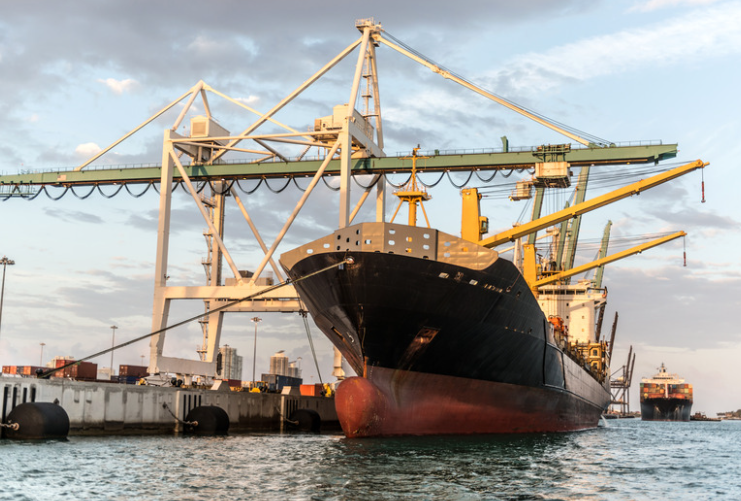How China's Trade Landscape is Evolving in 2025
China’s external trade and investment landscape is undergoing a transformative period as 2025 approaches—the final year of its current five-year economic plan. Against a backdrop of global uncertainty and intensifying competition, the country is leveraging innovative trade models and targeted policies to ensure resilience and growth. For international investors, this strategy unveils new opportunities, particularly in emerging sectors and markets.
////
Cross-Border E-Commerce: Driving New Trade Momentum
ONE

Cross-border e-commerce has become a pivotal engine for China's trade growth. Liang Ming, Director of the Foreign Trade Department at the Chinese Academy of International Trade and Economic Cooperation, revealed that over 120,000 enterprises are now active in this sector, including 16,000 recognized as high-tech companies. These businesses have outperformed expectations, contributing significantly to the country's trade volume.
This robust expansion reflects global trends in digital trade, providing foreign investors with opportunities to collaborate with Chinese firms specializing in logistics, technology platforms, and market entry solutions.
////
Record-High Trade Performance
TWO

Despite challenges, China's trade figures for 2024 reached unprecedented heights. Total imports and exports for each quarter surpassed 10 trillion yuan, fueled by a comprehensive industrial ecosystem and competitive global positioning.
However, headwinds remain. Trade remedy investigations against Chinese exports surged to 193 cases in 2024—a nearly 50% increase over previous records. In response, China has implemented counter-cyclical policies to support exporters, including enhanced credit insurance and risk management tools. These measures aim to reassure foreign partners about the stability and reliability of Chinese supply chains.
////
Policy Innovations and Diversified Markets
THREE
Export credit insurance has become a linchpin of China's trade support strategy, according to Lou Difei, Head of Country Risk Research at the China Export & Credit Insurance Corporation (Sinosure). Targeted measures have prioritized emerging markets, including ASEAN, Africa, and Latin America, where exports grew by over 20% in 2024.
Additionally, buyer's credit programs offered by the Export-Import Bank of China have seen 20% growth, signaling rising demand for Chinese high-end manufacturing, particularly advanced machinery. High-end equipment exports are projected to grow by 40% in 2025, underscoring global confidence in Chinese innovation.
////
Strategic Financial Adjustments
FOUR
China's monetary policy has played a critical role in bolstering trade resilience. In 2024, the People's Bank of China implemented targeted interest rate and reserve requirement reductions, fueling an 8% growth in social financing and a 7.3% increase in broad money supply (M2). Li Bin, Deputy Head of the State Administration of Foreign Exchange, reported that non-banking cross-border payments grew 14.6% to $14.3 trillion in 2024, reflecting robust trade activity.
This proactive policy stance has stabilized foreign exchange reserves at over $3.2 trillion and maintained the RMB exchange rate within a balanced range, enhancing predictability for global investors.
////
Opportunities for International Partners
FIVE
The diversification of China's trade relationships—from 140 to over 150 major trading partners—reflects an increasingly inclusive and dynamic approach. New trade agreements and a focus on sustainable sectors such as green energy and digital commerce align with global priorities, offering international stakeholders meaningful avenues for collaboration.
Moreover, the rise of “Little Giants” and “Hidden Champions” in China's manufacturing sector presents opportunities for foreign investors to engage with cutting-edge technologies and specialized markets. Enhanced export credit and financing programs further reduce entry barriers for global businesses.






















































First, please LoginComment After ~